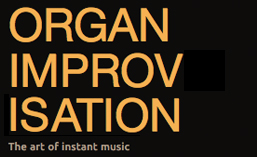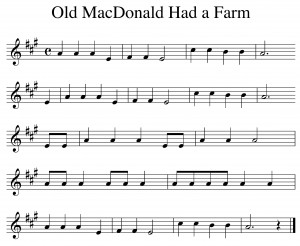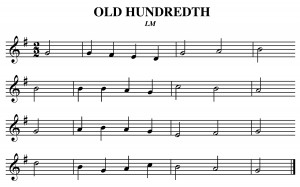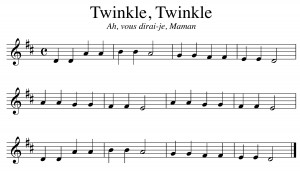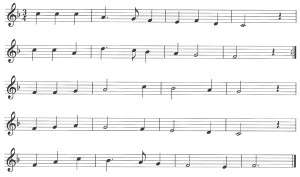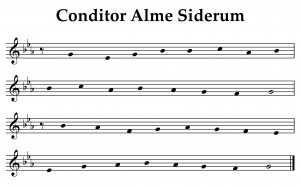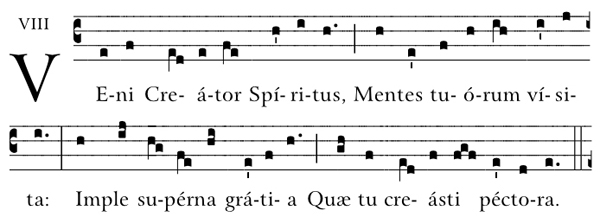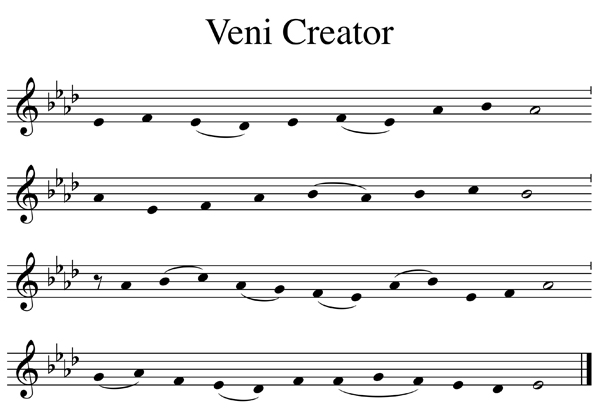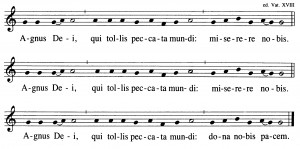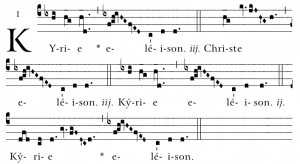The Beatles were an English rock band that formed in Liverpool in 1960. With John Lennon, Paul McCartney, George Harrison and Ringo Starr, they became widely regarded as the greatest and most influential act of the rock era. According to the RIAA, the Beatles are the best-selling band in the United States, with 177 million certified units. They have had more number-one albums on the British charts and sold more singles in the UK than any other act. In 2008, the group topped Billboard magazine’s list of the all-time most successful “Hot 100” artists, and as of 2014, they hold the record for most number-one hits on the Hot 100 chart with twenty.
Not only because of their popularity, but also because of their compositional style, the music of the Beatles has been taken and transformed into the realm of traditional classical music. Pianist John Bayless provided my first encounter with this crossover combination:
Bach Meets the Beatles
Labeled as improvisations, I couldn’t help but wonder how much these performances had been practiced and developed before they were recorded. Regardless of the level of preparation, the combination of popular melody and classical style became a fascination of mine that continues to this day. I even worked up my own composition of a TV theme and Vierne: Louis Vierne Meets ‘The Munsters’!
Now that I’ve seen the performance of Penny Lane in the style of Bach by John Bayless at the Newport Music Festival, I am convinced that if they started as improvisations, John Bayless has played them enough that they have become compositions. He promises a score to “A Hard Day’s Night’ coming soon on his website and there are videos of others playing the piece now on YouTube.
So, even if we won’t be playing Michelle, any time soon at church, there are times in concert when organists do improvise on Beatles tunes:
Evert Groen – Improvisation(Sonate) on ‘Obladi-Oblada’ – Saalkirche, Ingelheim am Rhein
Evert Groen – Improvisation on ‘Hey Jude’ – Wirges Cathedral, Germany
Bert Rebergen – Improvisation on Rock & Roll/Yellow Submarine/Yesterday – Sionskerk Veenendaal
or even simply play Michael Jackson:
Albinas Prizgintas – Billie Jean by Michael Jackson – Trinity Episcopal Church, New Orleans
Now that we’ve had a little fun listening to others explore the Beatles and other pop tunes, is there something we can do to apply any of this to the hymns and chants that we are more likely to face on Sunday morning? What does John Bayless do to the Beatles’ tunes to transform them into the style of Bach? What elements of his performances can we identify as belonging to Bach? Are there textures or forms that we can identify and apply to other themes? I believe that listening to others improvise gives us a new window on both style and the creative process.
I once took a multiple day workshop from Thierry Escaich where he demonstrated the styles of many composers. What amazed me most was that regardless of whether he was playing in the style of Bach, Mozart, Brahms, or Cochereau, he always sounded like Escaich! It was a lesson not simply in the style of the composer, but the improviser as well! (If you will be at the AGO National Convention in Boston, you can here Escaich both perform and teach. He is someone not to miss!)
After listening to others and asking questions about what we hear, the nest step is always to go out and try it. Maybe you won’t be asked to improvise on the greatest hits from the Billboard 100 this week, but I would encourage you to look “outside the box” for inspiration. How many different ways can you treat the same theme? Which styles are you comfortable with? Which would you like to learn? Have some fun and expand your horizons!
May your summer be filled with listening fun!
Glenn
PS If you’d like to hear a fabulous catalog of 20th century popular piano styles, check out Scott Bradlee’s version of Twinkle, Twinkle, Little Star!
Recent additions to organimprovisation.com:
I have decided to review a book or CD every Saturday. As one of the essential library items for any organist improviser, the first up is Improvising: How to Master the Art by Gerre Hancock.
Organists:
Themes:
Newsletter Issue 8 – 2014 06 16
See the complete list of past newsletter issues here.
Sign up to receive future issues using the box to the right on this page.
